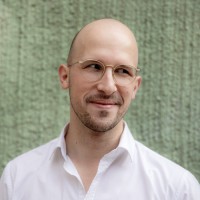- Video Library
- Braingrade | Peter Schlecht, CEO
Braingrade | Peter Schlecht, CEO

Peter Schlecht
Braingrade is a team of founders and executives from the top neurotech companies around the world. Together with our team of memory enhancement researchers, neurosurgeons, and neurologists, we are developing a new solution for patients with Alzheimer’s Disease, allowing them to live longer, independent, lives.
Peter Schlecht
Braingrade is a team of founders and executives from the top neurotech companies around the world. Together with our team of memory enhancement researchers, neurosurgeons, and neurologists, we are developing a new solution for patients with Alzheimer’s Disease, allowing them to live longer, independent, lives.

17011 Beach Blvd, Suite 500 Huntington Beach, CA 92647
714-847-3540© 2025 Life Science Intelligence, Inc., All Rights Reserved. | Privacy Policy







